Connectpeople.
Learn, mentorship and fun to your career path!
Connectpeople is a fictional enterprise built in a Business Design Experience, the course from Echos Design Thinking School.
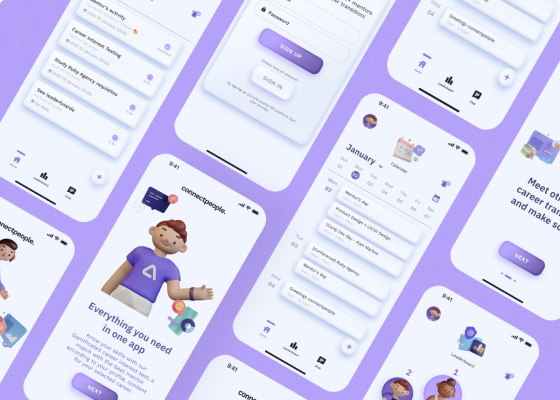
Overview
The project is a Business Design company, built from a market opportunity.

Problem Statements
Lately, in the job market, many professionals are very disappointed and frustrated with their actual jobs. So, many of them think about a transitioning career, but they don’t know how to start and feel afraid, frightned, anxious to take the next step. Who do they talk to? Where to start?
Solution
Due to the problem declared, we turned to a gamificated app, to turn things more fun to their career path and a mentorship with skilled professionals in the job market to help this professionals to take the next step.
Project Members
Role
Business Designer
Project Designer
Methods & Tools
Business Model Canvas, Empathy Map, Value Proposition Canvas, Desk research, Benchmark, User Interview, Userflow, Figma
Date
October 2021 - December 2021
Teammates
Business Designer, Product Designer.
Used softwares
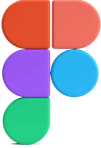
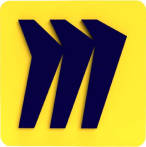
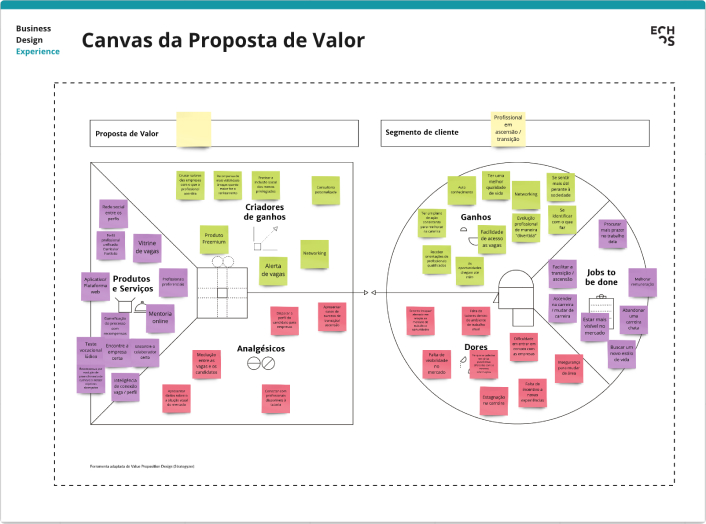
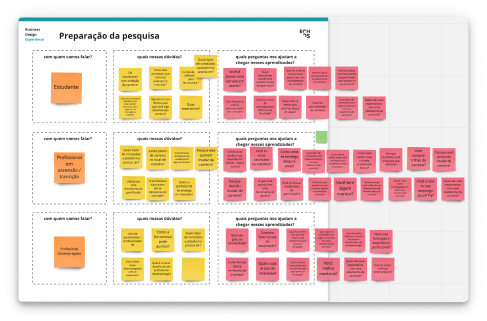
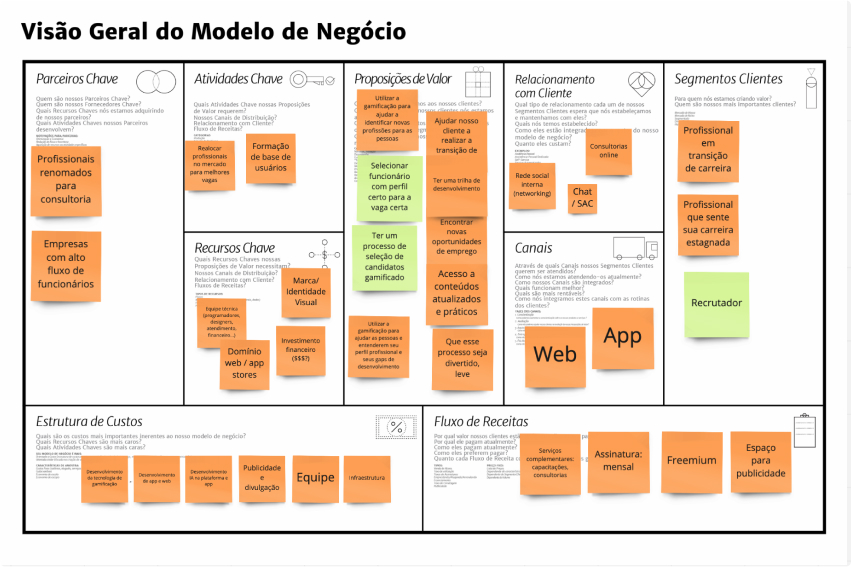
To a better understand we’ve put the informations in Miro.
Market Opportunity
“Application, through gamification, helps individuals in their personal planning, achievement and career goals.”
Solution
“Business Design is a human-centered approach to innovation. It applies the principles and practices of design to help organizations create new value and new forms of competitive advantage. At its core, Business Design is the integration of customer empathy, experience design and business strategy.” - IDEOU - What is business design?

Design Process
We will validate the business value proposition idea, through the business design tools, like validate and co-create our business hypothesis together with the client till our MVP.
First of all, we need to discover our main stakeholder/customer, we need to define our business hypotheses and test. We will follow the Design Review, Desirability, Viability, and Feasibility.
Stakeholder’smap
First of all, we made a stakeholder’s map to our business model. Asking:
- Who is our main stakeholders/customers?
- Who is our direct stakeholders/customers?
- Who is our indirect stakeholders/customers?
And our hypotheses indicates the main stakeholders:
- Professionals in transition career;
- Unemployed professionals;
- Students wanting to join the job market;
- Professionals who seraches for a mentor.

Stakeholder’s map
Research and learning
We still had a lot of questions and doubts. So we started a desk research and a exploratory user research, using a qualitative method (remote and field study) to understand our dobuts and make a continuous learning from our business hypotheses.
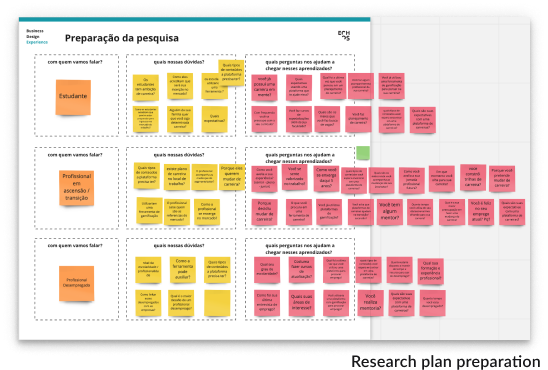

Research Insights
Validating some hypotheses.
Our research helped a lot to take some biases away, but with the hypotheses grew with our research.
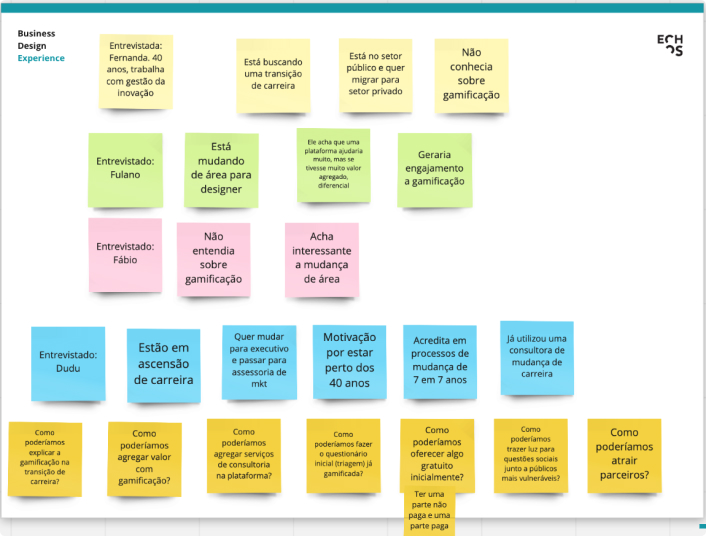
Hypotheses
Research Insights
The personas is based on our qualitative research.
After the research insights and the chat with the people, we decided to make a persona. Personas makes a better understand to whom the app is. David is our persona.
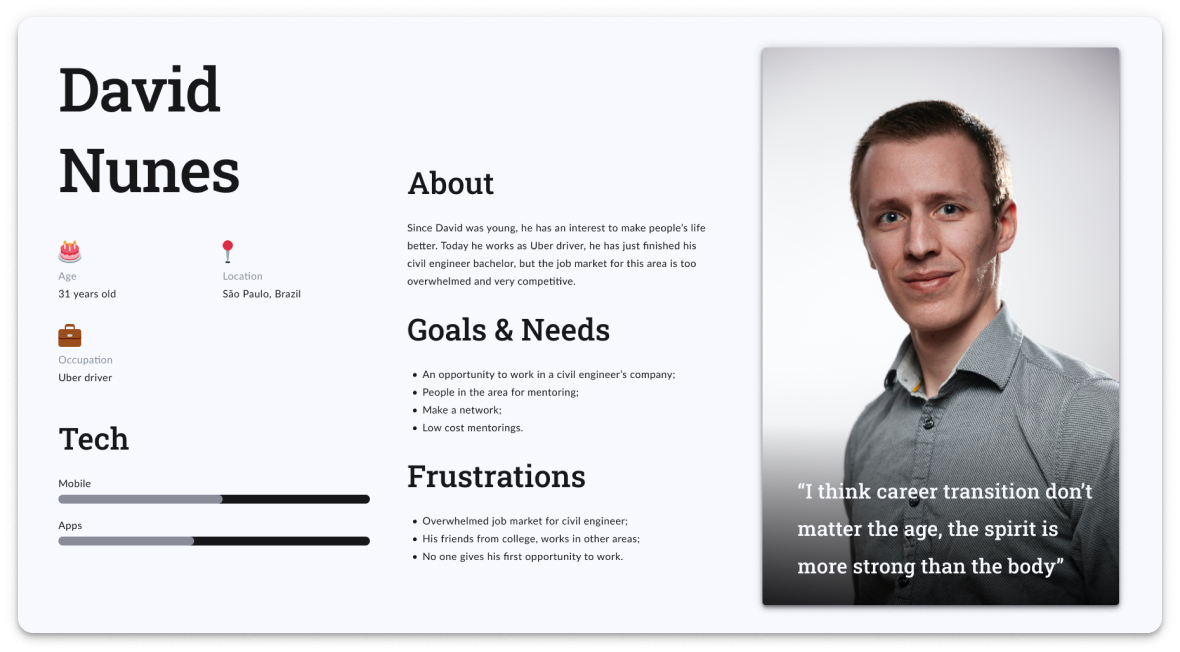
Value Proposition Canvas
Problem solution fit
Value Proposition
The product creates value by getting jobs done while relieving pains and creating gains to our customers.
Match
Customer’s segments
The feature set identified about a user specific.

Value proposition canvas
Business model canvas
Our first business model need to be tested
Our first business model need to be tested, like Revenue Streams, if the customer will continue buy the plans, even if they get a job and will everyone identify and enjoy a gamification system?
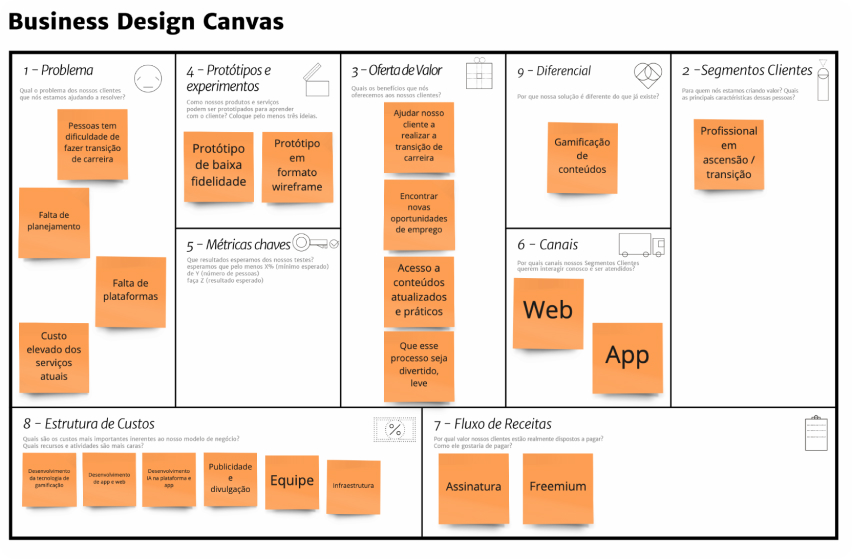
First Business Design Canvas
Wireframe test
To test our hypothesis, we made a digital product.
To go furthermore in our hypothesis test, we need the ideas of product design to test our digital product, so we’ve made wireframes and usability test.
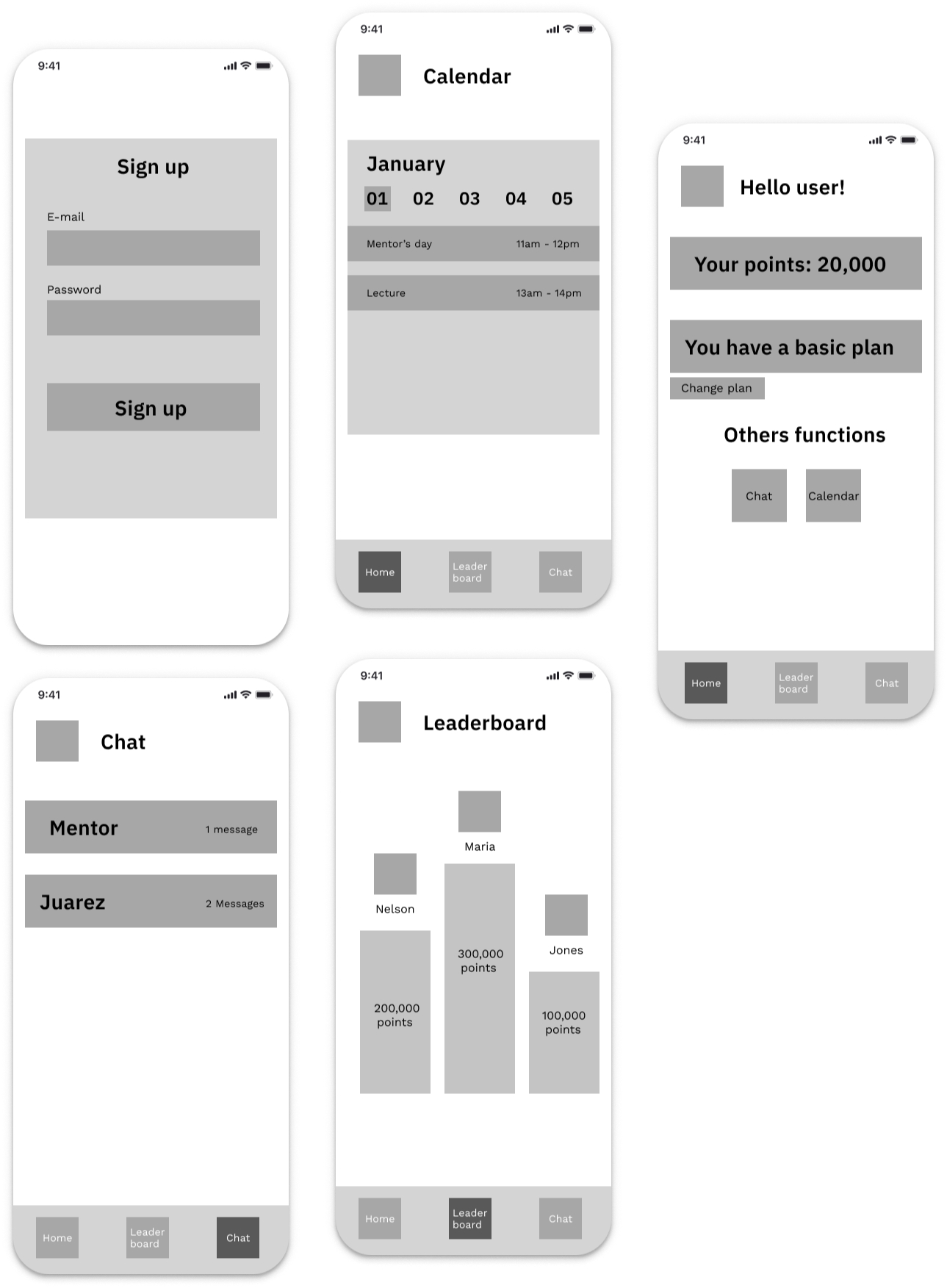
Feedback grid
After the usability test
We’ve made with 5 customers in transition career, and we’ve get some feedbacks, like:
- “I guess I don’t understand the app’s purpose.”
- “Is it a gamification app?”
- “The monthly plan it is used only when the person is looking for a job, after getting one, they won’t pay anymore.”
- “How do I know which professional I will make contact, if I don’t know the career I want?”.
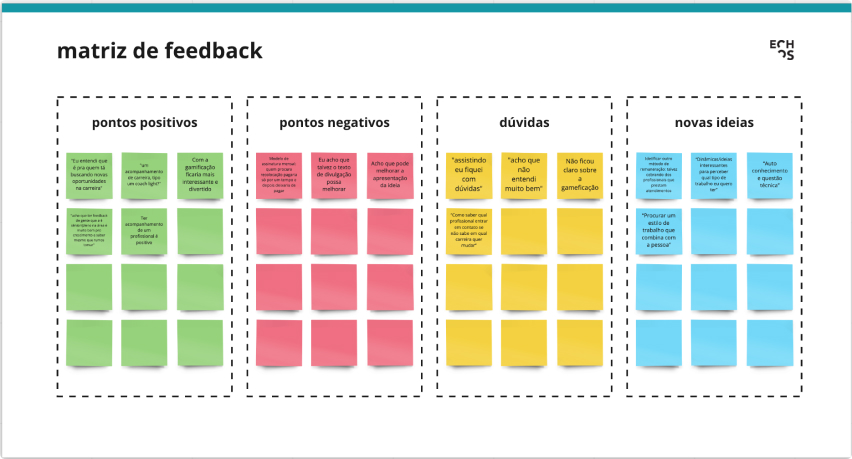
Feedback canvas
Insights grid
Our top 3 insights from the usability test:
Change the monthly to annual subscription
Online tutor with senior and specialist professionals
Clarify the gamification system
Userflow
The MVP userflow based on our Insights from research:
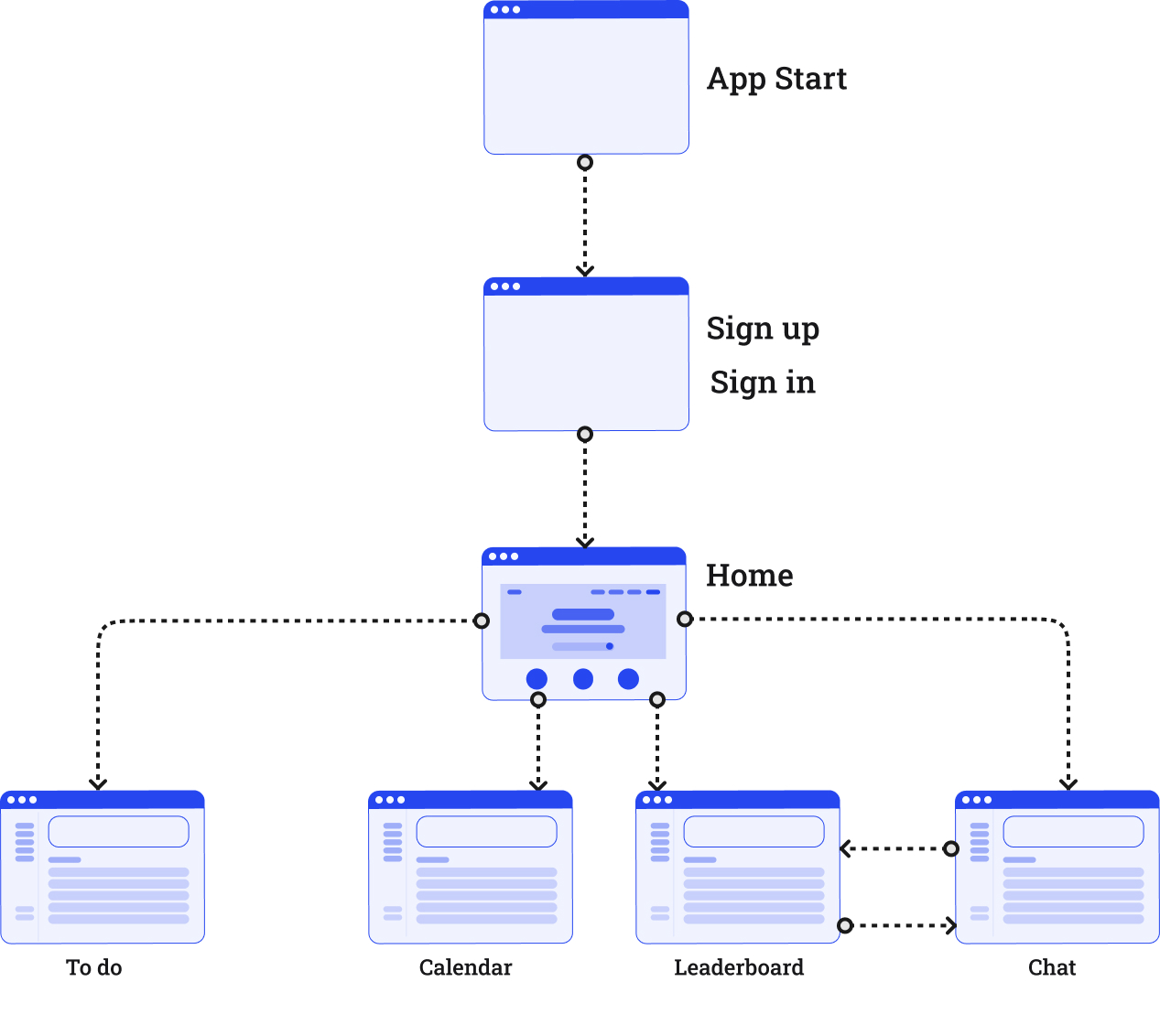
Product Design
We needed to evolve our wireframes and use Product design role to make the UI. The high fidelity helps to make functionalities clear and a better understand.
To make the functionalities clear to the customers, we decided to take the next step and build an MVP high fidelity interfaces.
Visual Identity
Visual Identity
As a Product Designer, I’ve build the visual identity for the app, so I like to be updated for the UI trends, in this case, I’ve used the Claymorphism to build the interfaces.
Colors
Primary
Neutral
Typography
IBM Plex Sans
Aa
ABCDEFGHIJKLMNOPQRSTUVWXYZ
Aa
ABCDEFGHIJKLMNOPQRSTUVWXYZ
Interfaces
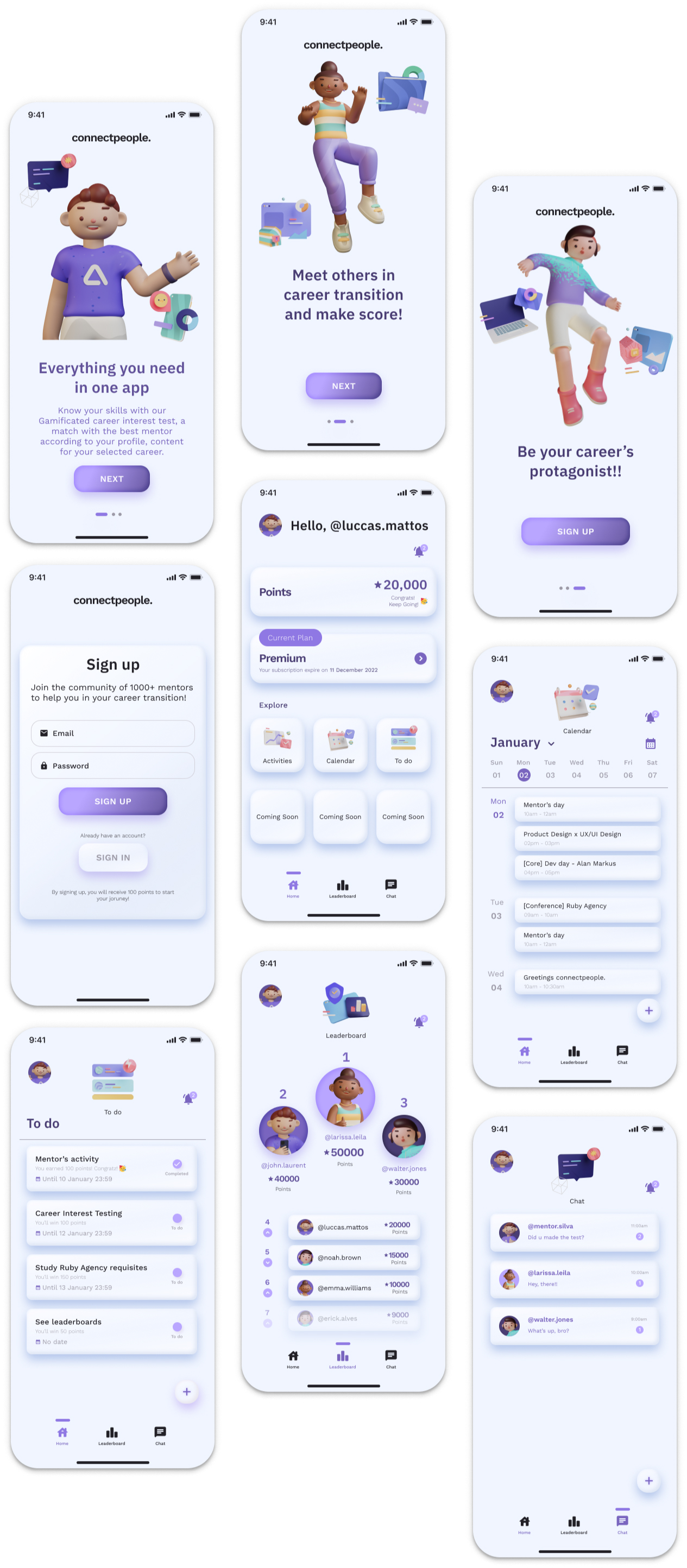
Final Business model canvas
After validating our hypotheses, our business model canvas has been updated. We will use annual plans and invest in gamification features to engage more to make the people have fun studying and be mentored in a career app.
Our customer’s segment keep the same, but with a Tech Recruiter too, because they will mention the company’s job.

Final Business Design Canvas
What we want to measure
In the digital environment, we need to measure our strategic and business points, to learn with our MVP. As W. Edwards Demig said:
“Without data, you’re just another person with an opinion”
We want to measure our product and business goals using Mixpanel.
Metrics
We used some metrics:
- Unique visitors
- Signups
- Churn
- DAU, WAU, MAU
- LTV
Some Product goals
- How many people downloaded the app?
- Is the first time the users access the app?
- How many people continued with the app?
- Do people read the info before the sign up screen?
- Do they sign up or leave the app?
- How many clicks the ‘sign up’ had?
- How many clicks the ‘sign in’ had?
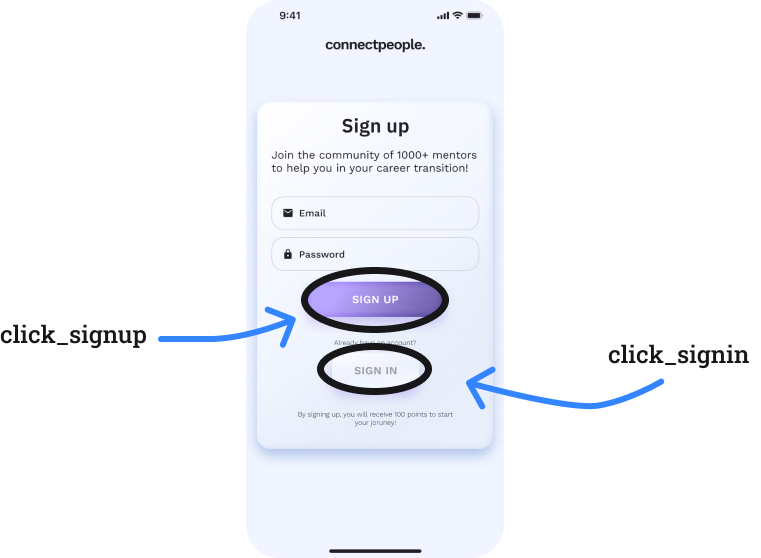
- The user returned to app after signing up?
- Which button does the user most click?
- Do people click to know the prices?
- Do they use Activities feature?
- Do they use To do feature?
- Do they use Calendar feature?
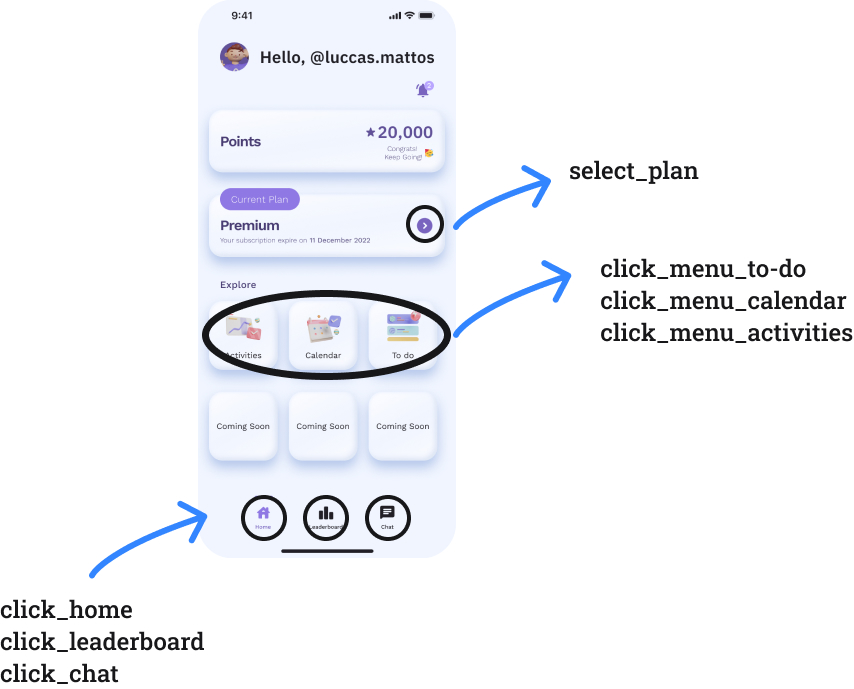
Next steps
We made some next steps to the project:
Business goals:
Find investors to our project;
Increase overall brand awareness and market share;
Recruit new contributors, such as app developers, data scientists, product designers, business analyst, and marketing people;
Build social media and post two times a week.
Business goals:
Build a landing page to app’s advertise;
The app’s development;
Implement in app virtual conference with the mentor and the company;
In app study materials for that career.
Learnings
Design, business and data needs each other.
The qualitative and quantitative methods helped us to take better decisions, they complement each other, building a business model and an MVP to learn with the hits and mistakes and making better decisions to the features.
Using a data to know our persona’s pain points, and the numbers from our metrics, we always will evolve our product (using product life cycle and the COHORT analysis) we will make our Funnel to future features.
Reflections
Design is more than the business or product.
Design it isn’t for visual and interfaces, Design is learn, Design is testing. Don Norman says:
“I don’t believe in failure: I believe in learning experiences.”
The main mission for Designers is build the best experience for people’s life, we need to be happy in our world and Design is trying to reach that, I believe that.